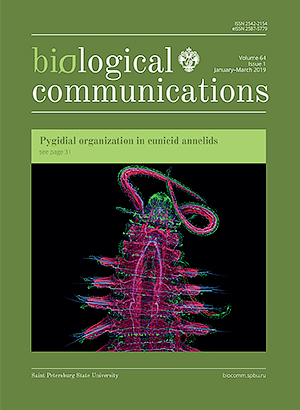Great Crested Grebe (Podiceps cristatus) synchronies egg laying with protective species
DOI:
https://doi.org/10.21638/spbu03.2019.102Abstract
Great crested grebes (Podiceps cristatus) are opportunistic breeders nesting in colonies or solitarily in different biotopes with varying nesting dates in different circumstances. On the northern coast of the Neva Bay in the eastern part of the Gulf of Finland, great crested grebes breed solitarily, in colonies situated in reed beds and in a colony on the open water in direct vicinity of a colony of black-headed gulls (Larus ridibundus) and black terns (Chlidonias niger). In the vicinity of the larid colony, grebes profit from the protecting behaviour of gulls and terns in a similar way as they do in their mixed colonies with larids. Despite the fact that small larids have a shorter incubation period than great crested grebes, the latter synchronize their beginning of incubation with the gulls and terns. The incubation of all three species in two adjoining open-water colonies started on the same dates. The incubation of grebes nesting in the reed beds began significantly later. The average clutch sizes did not differ significantly between the colonies situated on the open water near larids and those in the reeds. The average lowest distances between the nests of great crested grebes in the open water colony were larger than in the reed bed colonies. The ability to synchronize the beginning of incubation with a small protecting species helps great crested grebes to occupy otherwise unsafe habitats.
Keywords:
waterfowl, protective nesting associations, reed, clutch size, distance between nests, nesting dates, black-headed gull, black tern
Downloads
References
Downloads
Published
How to Cite
Issue
Section
License
Articles of Biological Communications are open access distributed under the terms of the License Agreement with Saint Petersburg State University, which permits to the authors unrestricted distribution and self-archiving free of charge.





